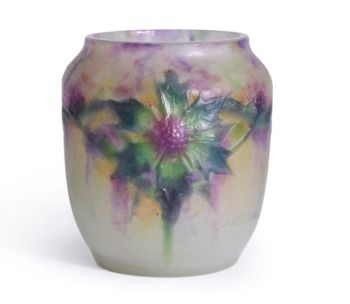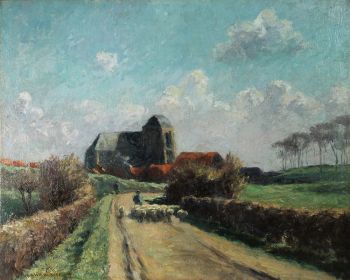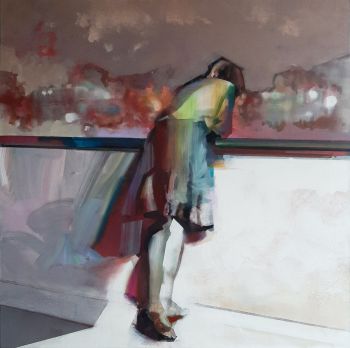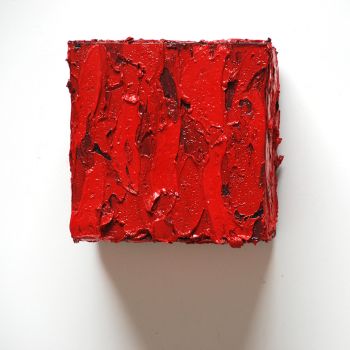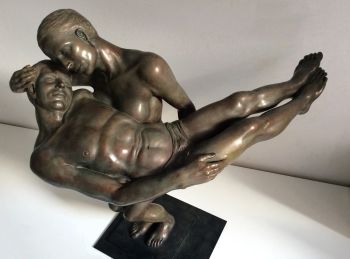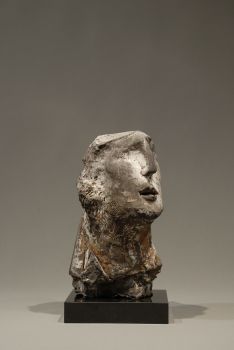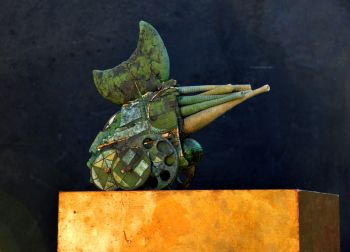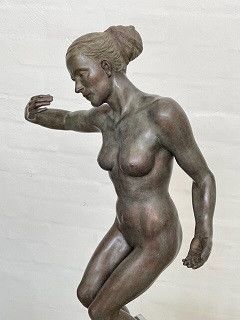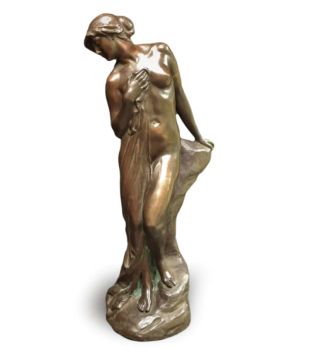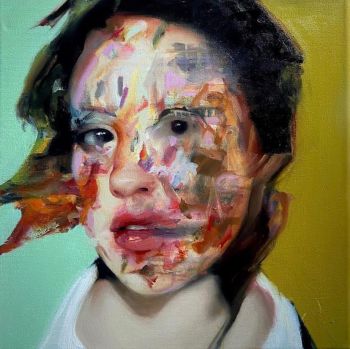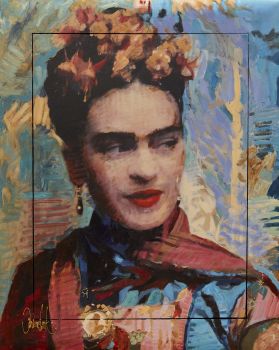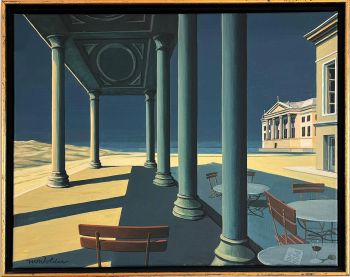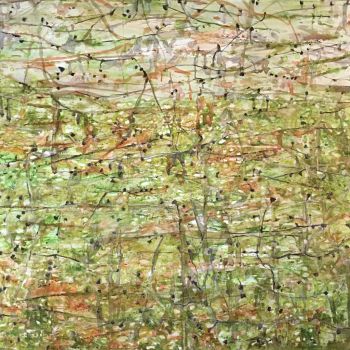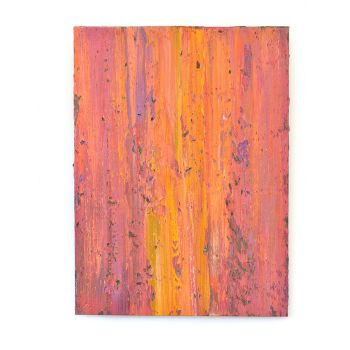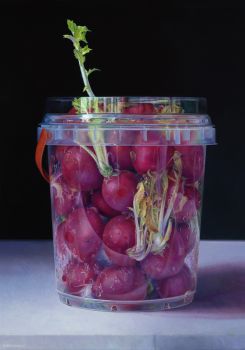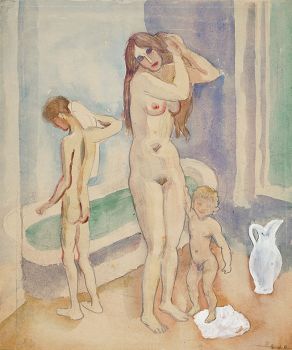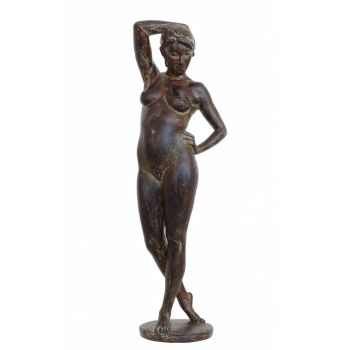More insight in the main art movements and developments in history
Art has been an integral part of human history, with different art movements and developments shaping the way we perceive and create art. From prehistoric times to the modern era, art has evolved significantly. In this article, we will explore the most important art movements and developments in history.
Prehistoric Art Prehistoric art refers to the art created by early humans before the development of written language. This includes cave paintings, petroglyphs, and carvings. These artworks depict animals, hunting scenes, and religious rituals.
Ancient Art Ancient art refers to the art created by civilizations of the ancient world, including the Egyptians, Greeks, and Romans. These artworks were often created to glorify rulers or gods and were characterized by a high level of craftsmanship and attention to detail.
Medieval Art Medieval art refers to the art created during the Middle Ages, from the 5th to the 15th century. This includes illuminated manuscripts, stained glass windows, and religious paintings. These artworks often had religious themes and were created by skilled craftsmen.
Renaissance Art The Renaissance was a period of cultural and artistic rebirth in Europe, characterized by a renewed interest in classical art and humanism. This period saw the rise of great artists such as Leonardo da Vinci, Michelangelo, and Raphael. Renaissance art is known for its realism, perspective, and use of light and shadow.
Baroque Art The Baroque period was characterized by elaborate ornamentation, dramatic lighting, and emotional intensity. This art movement emerged in Italy in the 17th century and spread throughout Europe. Baroque art is known for its grandeur and opulence, with works often featuring mythological or religious themes.
Romanticism Romanticism was an art movement that emerged in the late 18th century, characterized by a focus on emotion, imagination, and individualism. This movement rejected the rationalism of the Enlightenment and celebrated nature, folklore, and the supernatural.
Realism Realism was an art movement that emerged in the mid-19th century, characterized by a focus on everyday life and social issues. Realist artists sought to depict the world as it really was, without idealization or exaggeration.
Impressionism Impressionism was an art movement that emerged in France in the late 19th century. Impressionist artists sought to capture the fleeting effects of light and color in their paintings, often depicting everyday scenes and landscapes.
Post-Impressionism Post-Impressionism was an art movement that emerged in the late 19th and early 20th centuries, characterized by a focus on form, color, and emotion. Post-Impressionist artists rejected the naturalism of Impressionism and developed new techniques to express their inner vision.
Cubism Cubism was an art movement that emerged in the early 20th century, characterized by a fragmentation of form and a focus on multiple viewpoints. Cubist artists such as Pablo Picasso and Georges Braque sought to break down objects into basic geometric shapes and reassemble them in new ways.
Surrealism Surrealism was an art movement that emerged in the early 20th century, characterized by a focus on the unconscious mind and dreams. Surrealist artists such as Salvador Dali and Rene Magritte created fantastical and often bizarre works that challenged traditional notions of art.
Abstract Expressionism Abstract Expressionism was an art movement that emerged in the 1940s in the United States. This movement emphasized the spontaneous and gestural nature of painting, with artists such as Jackson Pollock and Willem de Kooning creating large-scale works that were often devoid of recognizable subject matter.
In the 20th century, a wide range of art movements emerged, each with their own unique style and philosophy. Some of the most significant art movements include:
- Cubism: characterized by a fragmentation of form and a focus on multiple viewpoints.
- Surrealism: characterized by dreamlike imagery and the exploration of the unconscious mind.
- Abstract Expressionism: characterized by large, abstract paintings that emphasize the physical act of painting.
- Pop Art: characterized by the use of popular culture and consumerism as subject matter that emerged in the 1950s and 1960
- Contemporary art continues to evolve and push the boundaries of traditional art forms. With the advent of digital technology, artists can now create and share their work in new and exciting ways.
- Video art, performance art, and installation art are just a few examples of how contemporary artists are exploring new mediums and ideas.
Art is not just a form of creative expression but also a means of social and political commentary. Throughout history, artists have used their work to challenge social norms, advocate for change, and provoke conversation. Art has the power to bring people together, to inspire empathy and understanding, and to promote social justice and equality.
In conclusion, art is an essential part of human life and has been a significant component of human history. It encompasses a wide range of creative expressions and has the power to inspire, challenge, and transform individuals and communities. Art is a universal language that transcends cultural and linguistic barriers, and it continues to evolve and push the boundaries of traditional art forms.


